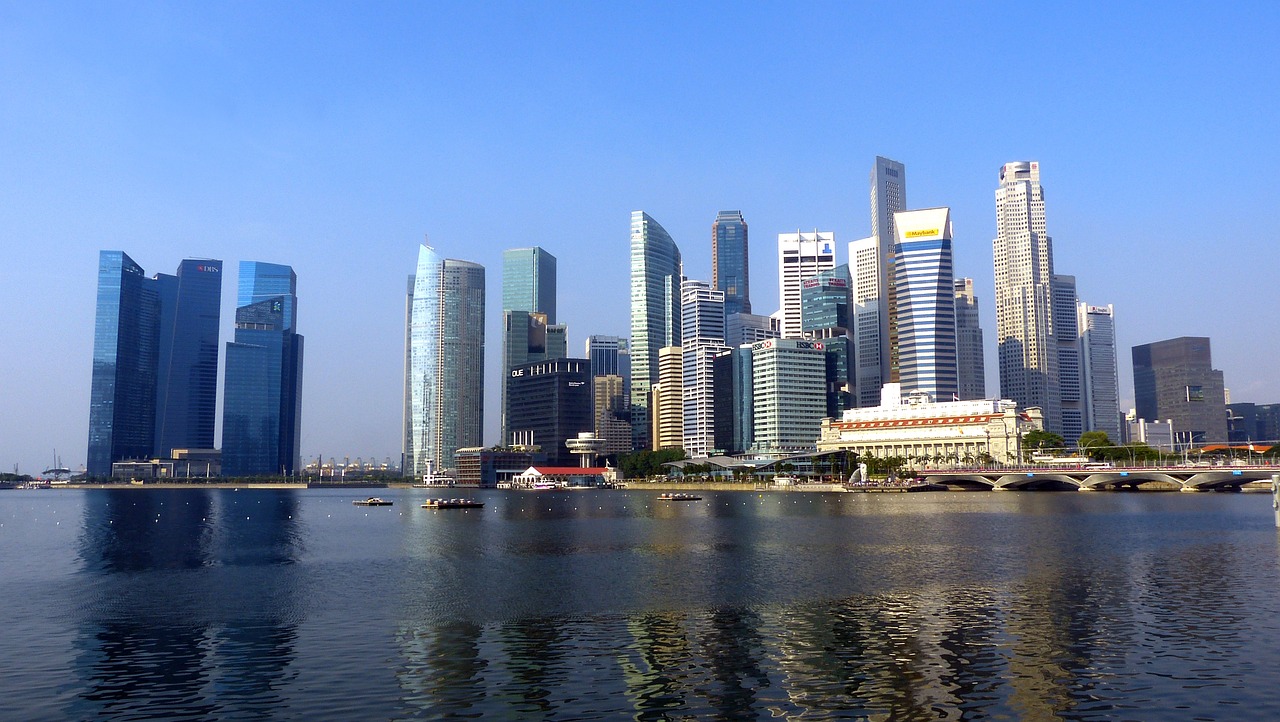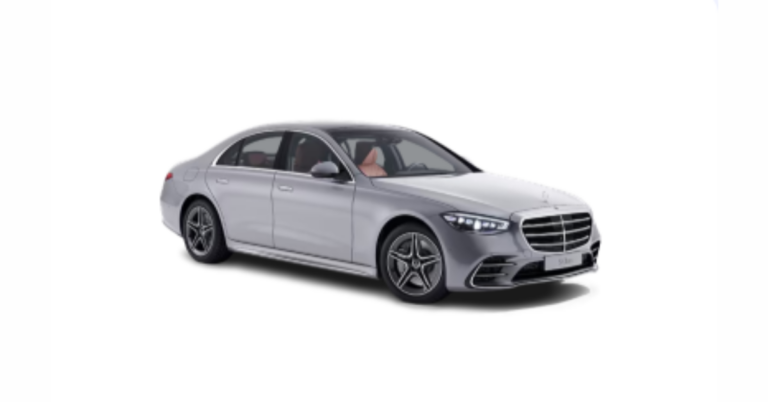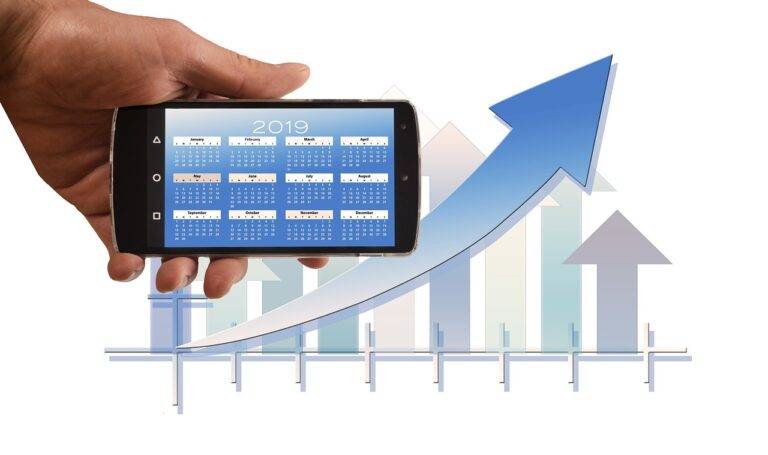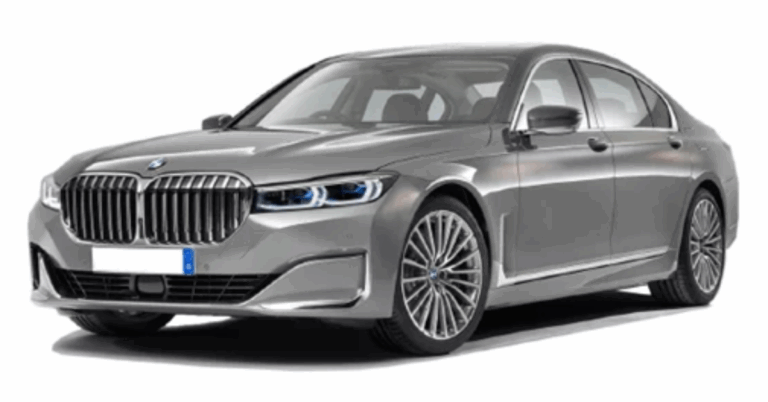Market Trends: Insights into Consumer Behavior and Preferences
Consumer spending patterns play a pivotal role in shaping the economy of any country. Understanding how and where consumers allocate their financial resources provides invaluable insights for businesses and policymakers in making strategic decisions. By closely monitoring these patterns, businesses can tailor their marketing strategies to target specific consumer preferences and behaviors, thus maximizing their sales potential.
Moreover, consumer spending patterns are influenced by various factors such as income levels, economic conditions, cultural influences, and personal preferences. For instance, during times of economic uncertainty, consumers tend to be more cautious with their spending, opting for essential goods and services over luxury items. Additionally, shifting demographics and technological advancements further impact consumer behavior, leading to changes in spending habits and preferences over time.
Impact of Technology on Consumer Behavior
Technology plays a pivotal role in shaping modern consumer behavior. With the advent of e-commerce platforms and mobile payment solutions, consumers now have easier access to a plethora of products and services. The convenience of online shopping has increasingly influenced the way people make purchasing decisions, with many opting for the speed and simplicity of digital transactions.
Moreover, the rise of social media and targeted advertising has revolutionized marketing strategies, allowing companies to tailor their campaigns based on consumer preferences and online behaviors. This personalized approach has made it easier for brands to connect with their target audience on a more intimate level, ultimately influencing consumer choices and driving sales. Technology continues to be a driving force behind consumer behavior, constantly evolving and transforming the way individuals interact with businesses and make purchasing decisions.
How has technology influenced consumer spending patterns?
Technology has made shopping more convenient and accessible, leading to an increase in online shopping and mobile payments. This has resulted in a shift towards more experiential purchases and a rise in impulse buying.
What are some examples of how technology has impacted consumer behavior?
Some examples include the use of social media influencers to promote products, personalized recommendations based on browsing history, and the availability of online reviews to inform purchasing decisions.
How has the rise of e-commerce platforms affected traditional retail stores?
The rise of e-commerce platforms has led to increased competition for traditional retail stores, as consumers now have more options for shopping online. This has forced brick-and-mortar stores to adapt by enhancing the in-store experience or offering exclusive products.
In what ways has technology improved the overall shopping experience for consumers?
Technology has improved the overall shopping experience for consumers by providing more convenience, personalization, and efficiency. Features such as one-click purchasing, virtual try-on tools, and chatbots for customer service have made shopping easier and more enjoyable.







